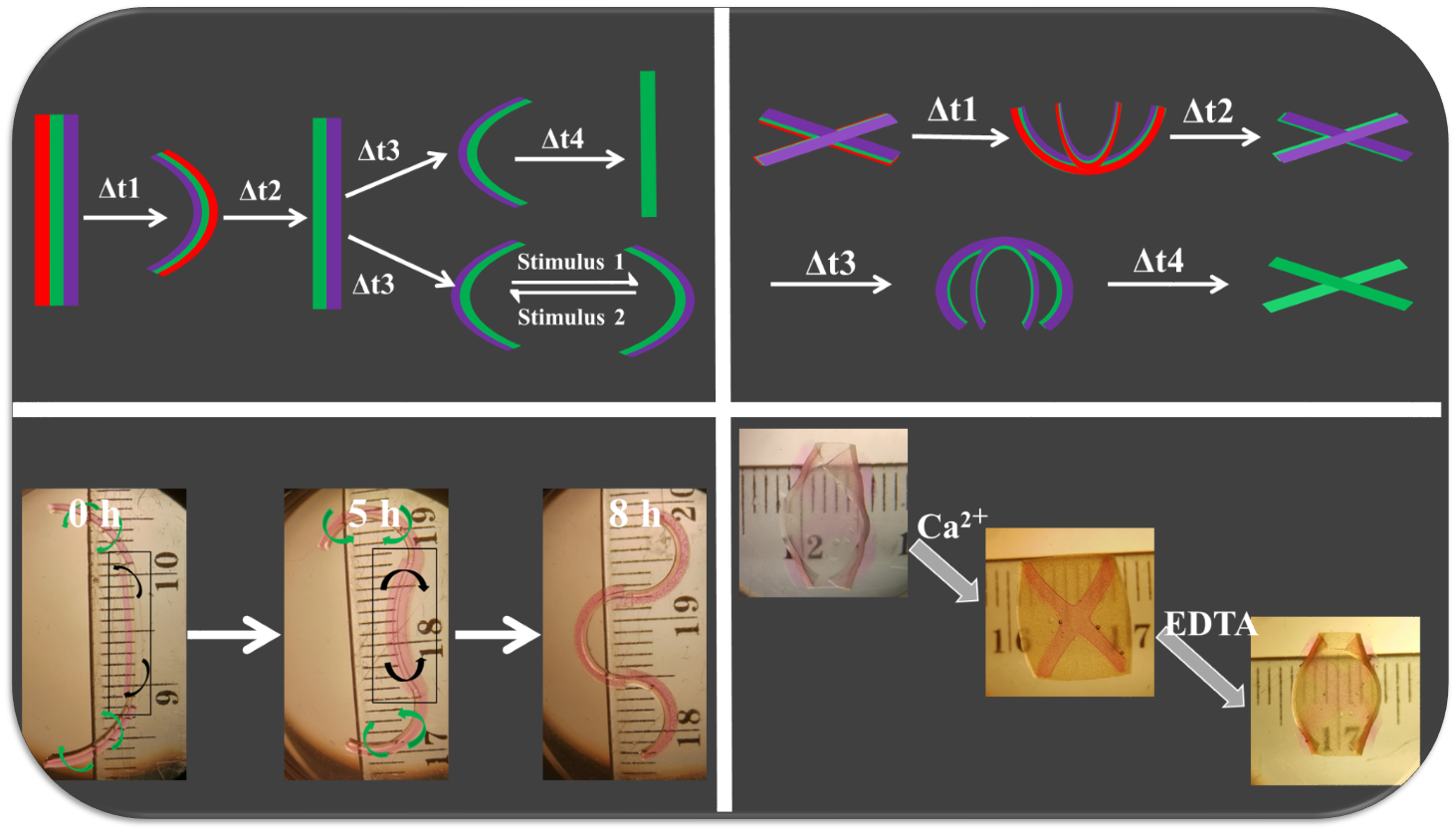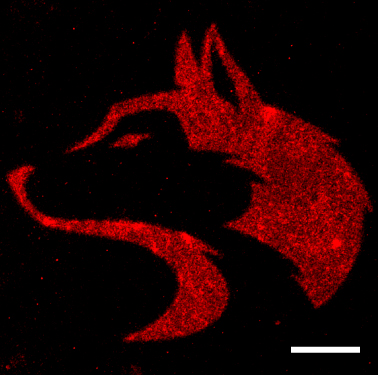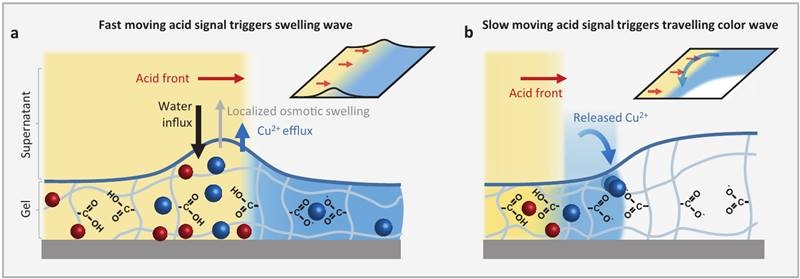An injectable hydrogel can mitigate damage to the right ventricle of the heart with chronic pressure overload, according to a new study published March 6 in Journals of the American College of Cardiology: Basic to Translational Science. The study, by a research team from the University of California San Diego, Georgia Institute of Technology and Emory University, was conducted in rodents.
Tag: Hydrogels
Giant step forward to help treat chronic wounds that affect millions
A team of international scientists has developed a more effective treatment for chronic wounds that does not involve antibiotics or silver-based dressings, but an ionized gas called plasma.
This loofah-inspired, sun-driven gel could purify all the water you’ll need in a day
Devices currently in development that clean up dirty water using sunlight can only produce a few gallons of water each day. But now, researchers in ACS Central Science report how a sunlight-powered porous hydrogel could potentially purify enough water to meet daily needs — even when it’s cloudy.
Shrinking hydrogels enlarge nanofabrication options
Carnegie Mellon University’s Yongxin (Leon) Zhao and the Chinese University of Hong Kong’s Shih-Chi Chen have a big idea for manufacturing nanodevices.
Perspective—A Robotic Actuation System Made of Artificial Cells and Gels
This paper introduces recent research on liposome deformation techniques and 3D hydrogel printing. The photo-responsive molecules and the molecular insertion into lipid bilayers induces liposome deformation. The 3D hydrogel printing enables us to freely fabricate the hydrogel objects. It is…
Ultra-fast 3D printing produces life-like organ models
The new technique is capable of printing organ models containing live cells in minutes instead of hours— a major step in the quest to create 3D-printed replacement organs.

4D bioengineering materials bend, curve like natural tissue
Researchers have developed new 4D hydrogels — 3D materials that have the ability to change shape over time in response to stimuli — that can morph multiple times in a preprogrammed or on-demand manner in response to external trigger signals.

Researchers use lasers and molecular tethers to create perfectly patterned platforms for tissue engineering
University of Washington researchers developed a technique to modify naturally occurring biological polymers with protein-based biochemical messages to affect cell behavior. Their approach uses near-infrared lasers to trigger chemical adhesion of proteins to scaffolds made from biological polymers like collagen.

Integrating Variable Signals in Hydrogels
All living organisms have systems that can link multiple signals to manage tasks. This ability, called complex signal integration, is not found in artificial systems. This new study demonstrates a pathway for simple, soft artificial materials called hydrogel polymers to use multiple signals from external sources to produce distinct responses.